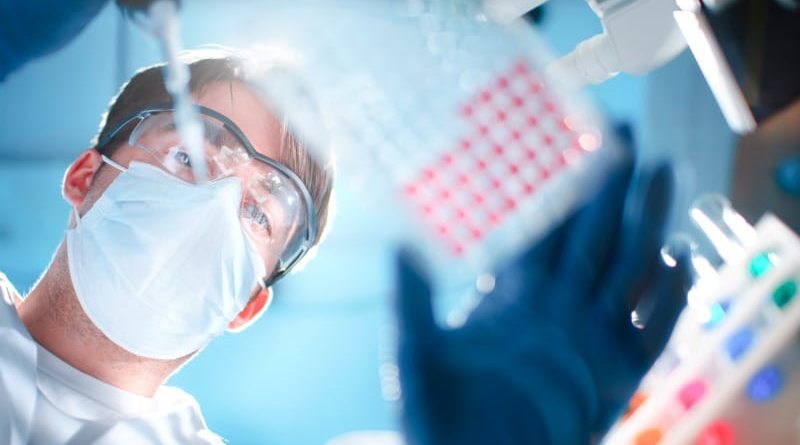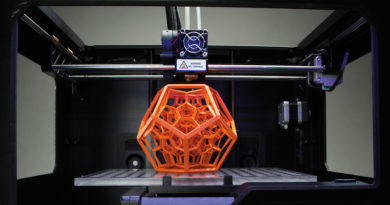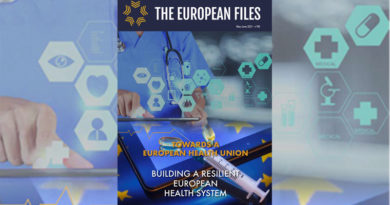
IMI contributes to efforts to accelerate access to affordable, innovative medicine
Every person eventually becomes a patient. Our health is our priority and we are very sensitive to anything connected with the well-being of ourselves and our nearest and dearest. The medical development has made fantastic progress in recent decades, which can be illustrated, for example, by drastically decreased cancer mortality.
Yet many suffer because of non-existing or even inaccessible treatment.
Widely-spread but not fully explored illnesses exist in parallel to rare illnesses for which the drug development process simply is too expensive. And many patients don’t have enough time.
The pharmaceutical industry is often criticized for being too profit-led; however, the development of any new drug is an immensely complex process that costs plenty of money. Profitability is an essential condition for the sustainability of every business, including the pharmaceutical one, and whereas you cannot buy health for any money, without money you cannot develop new treatments. Companies logically hesitate in situations of high risks and uncertainties.
Fast development of new drugs requires involvement of a large number of stakeholders (hospitals, research institutes, patients, SMEs or medical regulators together with pharma-industry) because a lot of data and other inputs are necessary.
Doing all of this at a European level is much more efficient than at a national one because a bigger market means bigger potential. That is why the Innovative Medicines Initiative Joint Undertaking (IMI) was created in 2007.
The key objective of IMI is to speed up development of innovative medicines and their accessibility to patients. It serves as a platform for cooperation of dozens of participants on every project such as academics, doctors, researchers or SMEs. IMI even managed to bring together big competitors from the pharmaceutical sector, which illustrates the significant potential of the JU. The ever-growing engagement of patients is another big plus of the concept.
IMI’s project portfolio is varied. While generally focused on challenging diseases (brain disorders, cancer, metabolic or infectious diseases or development of vaccines), the projects seek to reach specific research goals of both a qualitative and a quantitative nature.
The backbone of IMI consists of the EU and a pharmaceutical consortium called EFPIA, but previous successes have attracted international partners like the Bill and Melinda Gates Foundation, the International Diabetes Federation or Autism Speaks.
With a total budget of €3.276 billion for the period 2014-2020, the EU should contribute 1,638 billion euro through Horizon 2020 to be matched by the private sector (namely EFPIA and its members), financially or in-kind. Pharmaceutical industries are never recipients of any funding from the programme.
On the contrary, universities, researchers and patient organizations, SMEs and mid-sized companies receive funding, often from industrial members of the same project consortium. This financial model has proven to be a success and has become a model for financing other JUs.
The significant budget allows the Joint Undertaking to deliver remarkable results and its financial management is under a permanent scrutiny. The European parliament plays an essential role in this respect as the final authority in the auditing process granting the discharge for IMI.
The European Parliament also decides about the budget, in particular when it comes to EU money going to the envelope for Joint Technology Initiatives/Joint Undertakings and a degree of co-financing. The outcome from the mid-term review of Horizon 2020 will outline the future support for JTIs in the MFF for 2020+. The discussions have already started. For future EU financial support, high quality outputs are essential.
What are they? Around 90 projects run under the IMI I and IMI II, which represents hundreds of new discoveries. By end of 2016, 33 patent applications were filled, mostly by academia, research organizations or SMEs from 15 countries, some patents have already been awarded. Many projects resulted in spin-off activities.
They generated new foundations, non-for-profit organizations, national platforms, research hubs or spin-out companies. The citation of IMI projects in scientific publications has been more than double compared to the world average, with fields of genetics and clinical neurology topping the list. IMI projects delivered almost 200 new definitions and mechanisms in the sphere of drug discovery, concerning for example Alzheimer and Parkinson.
It speeded up development of innovative medicines in the areas of autoimmune and inflammatory diseases, vaccination or drug-resistance. Projects identified different biomarkers or new plasma proteins and contributed to the development of new antibiotics.
Thanks to IMI, unprecedented pan-European platforms, networks and databases have been set up to speed up the process of clinical testing. Thousands of people have been educated and trained for a successful implementation of discoveries.
The challenges for medical research and industry are endless and the resources are limited. The IMI Joint Undertaking projects have demonstrably boosted medical research and development and thus diminished the forever-existing gap between needs and resources.
Measurable results such as the number of studies or patents are easily proven; however, the unmeasurable effects – cooperation, best practices or changing business thinking – are equally important. In my opinion, IMI does exactly what should be done at a Europe-wide level and I believe that this will be reflected in the EU budgeting for the 2020+ period.




